In 2022, the Canadian Food Inspection Agency (CFIA) is celebrating a major milestone: 25 years of protecting Canadian families, the environment and the economy.
It all started in 1997, when an Act of Parliament merged all federal food safety, plant health and animal health regulatory programs into one organization: the CFIA.
Shortly after its creation, the Agency hit the ground running by responding to events across the country. Through activities like inspecting food for safety risks, protecting plants from invasive species and other pests, responding to animal diseases, leveraging science and innovation, and supporting access to international markets, the CFIA continues to fulfill its initial vision.
Key milestones from the past 25 years

1997
1997

The CFIA is born
With the Canadian Food Inspection Agency Act (opens in new window), the Agency is created.
The Act brings together food inspection and plant and animal health activities previously managed separately by Health Canada, Agriculture and Agri-Food Canada, Fisheries and Oceans Canada, and Industry Canada.


1999
1999

The Winnipeg Laboratory opens
The CFIA and Health Canada open the first facility in the world to have both human and animal biosafety level 4 (BSL4) laboratories under one roof: the Canadian Science Centre for Human and Animal Health (opens in new window).
Located in Winnipeg, Manitoba, this laboratory is the only one in Canada capable of handling and studying the world's deadliest diseases that can affect animals or people, like Ebola and anthrax. The laboratory continues to research and test for foreign animal diseases, such as avian influenza and foot-and-mouth disease, to safeguard Canadians and animals alike.

The Office of Food Safety and Recall is created

To help ensure swift responses and communication during food safety incidents, the CFIA creates the Office of Food Safety and Recall (OFSR) (opens in new window) to further protect the health and safety of the public from risks posed by food.
Food safety investigation and recall policies and procedures are implemented to provide a thorough, consistent and timely response to food incidents across the country. On November 1, the CFIA records its first food safety investigation under the new policies and procedures.
With the increased global movement of food, demands for new food products, and emerging food safety risks, the OFSR continues to adapt to ensure Canadians enjoy safe food. On any given day in the OSFR, there could be multiple concurrent food safety investigations.


2000
2000

Potato wart is found in Prince Edward Island
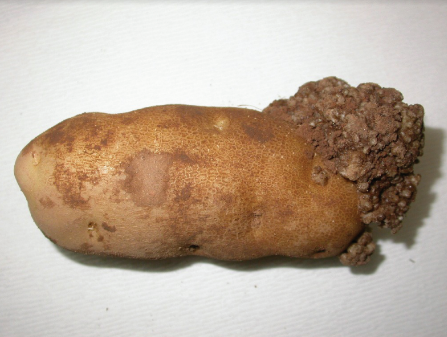
Potato wart (opens in new window) is detected in a field in Prince Edward Island and the CFIA takes action to prevent its spread to the rest of Canada. While not harmful to humans, this persistent soil-borne fungus disfigures potatoes and reduces yields. It can stay dormant in fields for more than 40 years.
Through it's Potato Wart Domestic Long Term Management Plan (opens in new window), which was put in place in 2004 following the detection in 2000, the CFIA has been working diligently to prevent the spread of potato wart. With any detection of potato wart, there is an immediate need to conduct an investigation to trace all associated fields and any implicated machinery and shared soil, all of which pose a risk of spreading the fungus if not properly controlled.


2002
2002

The emerald ash borer is found in Ontario
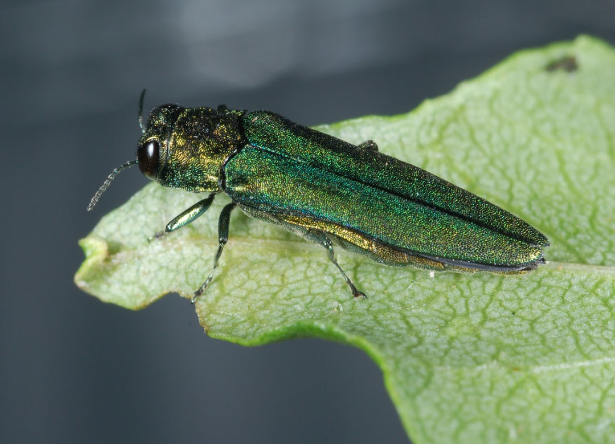
Always on alert for invasive species and plant pests, the CFIA and the United States Department of Agriculture Animal and Plant Health Inspection Service (USDA APHIS) investigate the first North American population of the emerald ash borer (EAB) (opens in new window) in Michigan and southwestern Ontario. The EAB is a non-native, highly destructive wood-boring beetle that feeds under the bark of ash trees. It has killed millions of trees in North America that provide habitat and food for wildlife.
By following up on detections, placing restrictions on moving firewood and ash wood, implementing import requirements, and raising awareness through public education and outreach, the Agency works to slow the spread of EAB and protect Canada's ash trees and surrounding ecosystems.

Bovine tuberculosis is detected in Manitoba
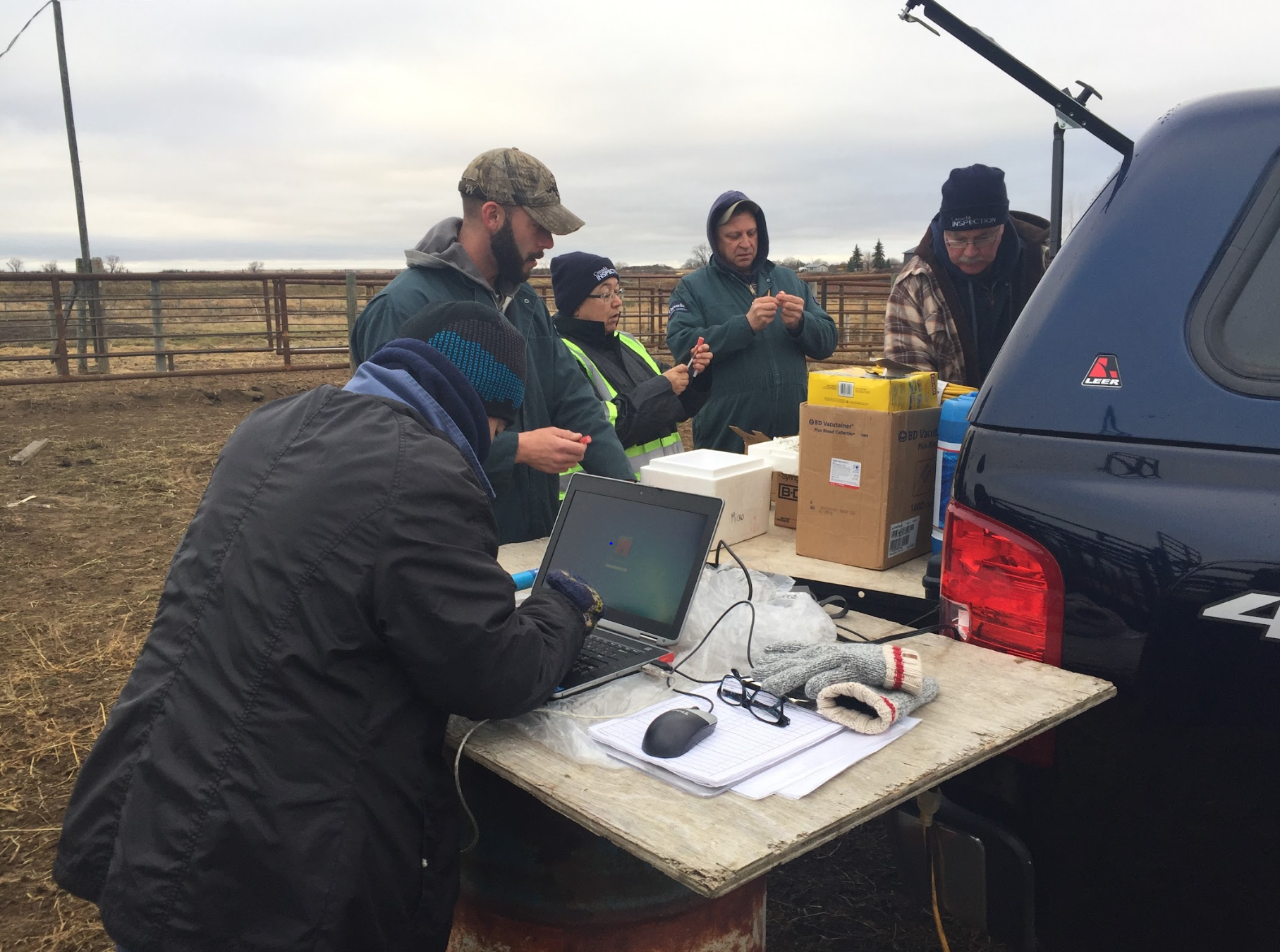
When bovine tuberculosis (bovine TB) (opens in new window) is discovered in a national park in Manitoba, the CFIA creates the Riding Mountain Eradication Area (RMEA) (opens in new window) to eradicate the contagious disease in that region. Interactions between wildlife and cattle there contribute to ongoing cases.
Cattle producers in the RMEA are subject to annual herd tests to identify bovine TB and stop its spread. The Agency's approach, combined with changes to on-farm biosecurity practices and wildlife management, contributes to the reduction and eventual elimination of the disease in RMEA cattle.


2003
2003

The first confirmed case of bovine spongiform encephalopathy is found in Canada

CFIA employees respond to Canada's first confirmed case of bovine spongiform encephalopathy (BSE) (opens in new window) or "mad cow disease" discovered on a northern Alberta cattle farm in a Canadian-born animal. BSE is a progressive fatal disease of the nervous system of cattle, with no treatment or vaccine. It is considered zoonotic due to its assumed link with the variant Creutzfeldt-Jakob Disease (opens in new window) in humans.
The Agency creates a surveillance program to test the highest-risk animals for BSE. Measures such as feed bans and import controls have proven successful in keeping BSE cases very low in Canada.


2004
2004

A technique for the detection of food allergens is developed in Quebec
Since the creation of the CFIA in 1997, the CFIA and Health Canada have shared the responsibility of ensuring the safety of foods sold in Canada.
To better protect those with allergies and intolerances, federal scientists introduce more reliable methods to detect the presence of undeclared allergens in foods, with a focus on peanut, soy, milk, egg, hazelnut, Brazil nut and crustacean tropomyosins.
Today, more than 70 methodologies are used in CFIA laboratories to respond to requests for analysis.

Highly pathogenic avian influenza is detected in poultry in British Columbia
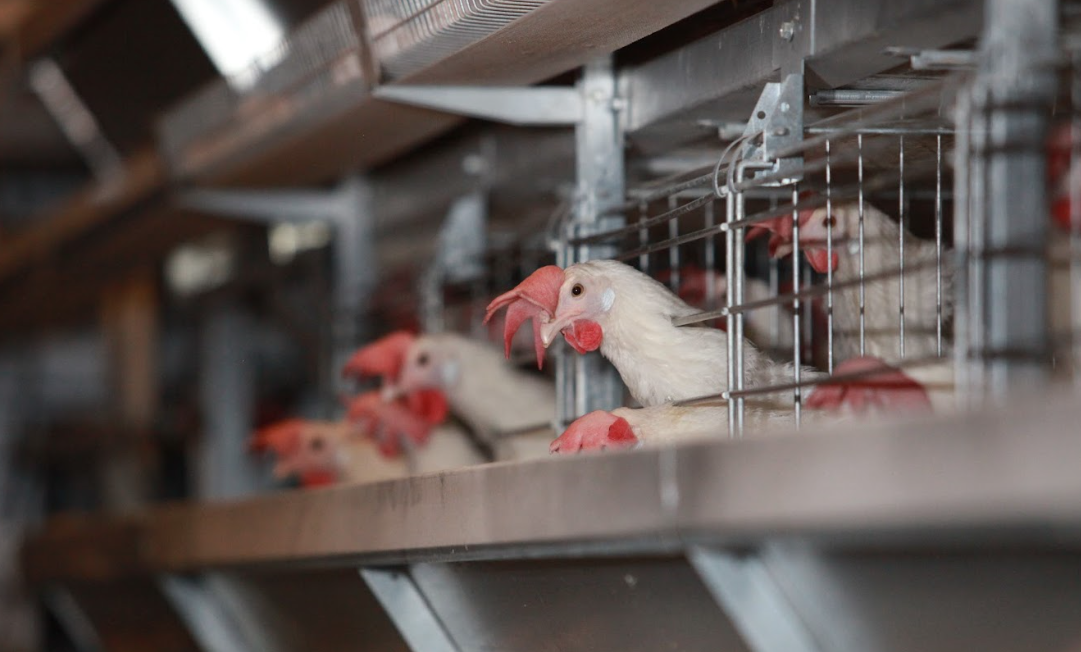
A case of highly pathogenic avian influenza (opens in new window) (HPAI) is found in birds in British Columbia's Fraser Valley. This contagious virus can affect several species of food-producing birds, including chickens, turkeys, quails and guinea fowl.
Dozens of commercial poultry farms are identified as infected premises and more than 17 million birds are culled. In collaboration with federal partners, the CFIA's prompt response to the outbreak helped to eradicate bird flu from commercial and backyard flocks in the valley.
The Agency deploys a series of measures and emergency response teams to limit the risk of further spread and associated economic repercussions from AI outbreaks.


2005
2005

The United States border re-opens to Canadian cattle
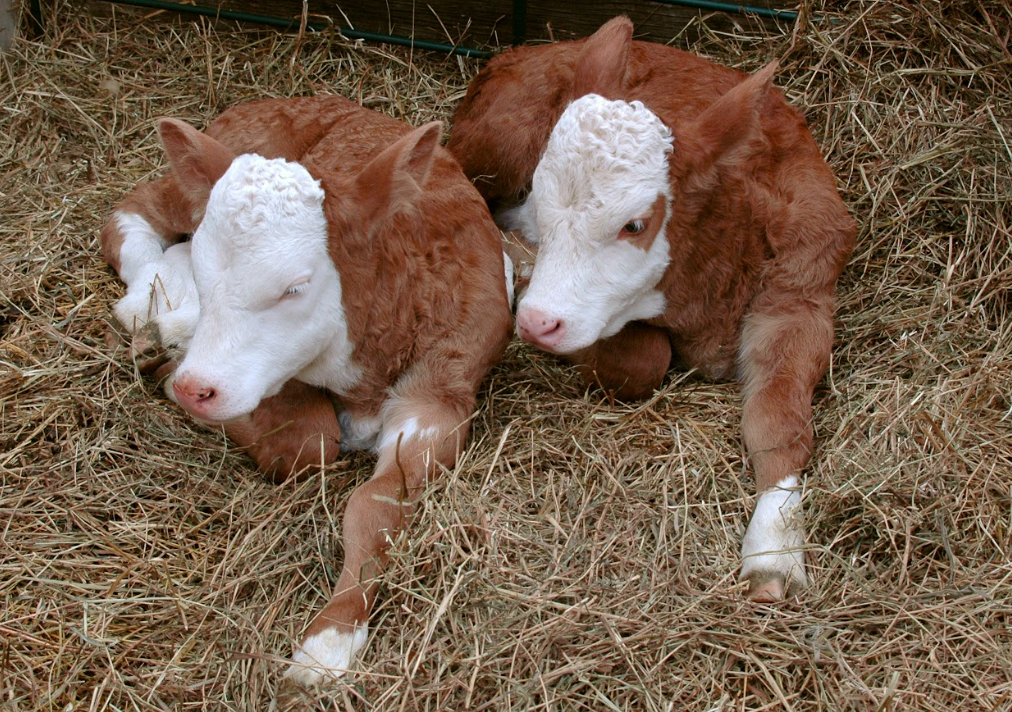
The United States border re-opens to Canadian cattle and bison less than 30 months of age following the single case of bovine spongiform encephalopathy (BSE) (opens in new window) detected in Alberta in 2003.
This milestone is the culmination of tremendous efforts by Canada's producers and livestock industry, provincial and territorial governments, the United States Department of Agriculture (USDA), and the CFIA. The resumption of live animal trade requires Canadian exporters to have shipments certified by a CFIA-accredited veterinarian and to provide proof of animal health inspection.


2006
2006

The National Centre for Foreign Animal Disease receives World Reference Laboratory designation
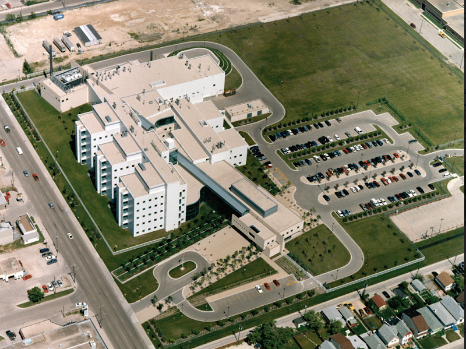
The CFIA's National Centre for Foreign Animal Disease (NCFAD) (opens in new window) in Winnipeg, Manitoba, is designated by the World Organisation for Animal Health (WOAH, founded as the OIE) as a reference laboratory for avian influenza (AI) (opens in new window) and bovine spongiform encephalopathy (BSE) (opens in new window).
This recognition is a testament to the laboratory's excellence in diagnostic competency, test method development, validation, research, collaboration and training.
The CFIA has since established the National Centre for Animal Diseases (opens in new window) in Lethbridge, Alberta, as a WOAH reference laboratory for BSE. As of 2022, a total of four CFIA laboratories (opens in new window) are recognized by the WOAH, the World Health Organization (WHO) and the Food and Agriculture Organization of the United Nations (FAO) for scientific excellence and leadership relating to 13 animal diseases and foodborne parasites.

New Canada-USA potato cyst nematode guidelines are developed
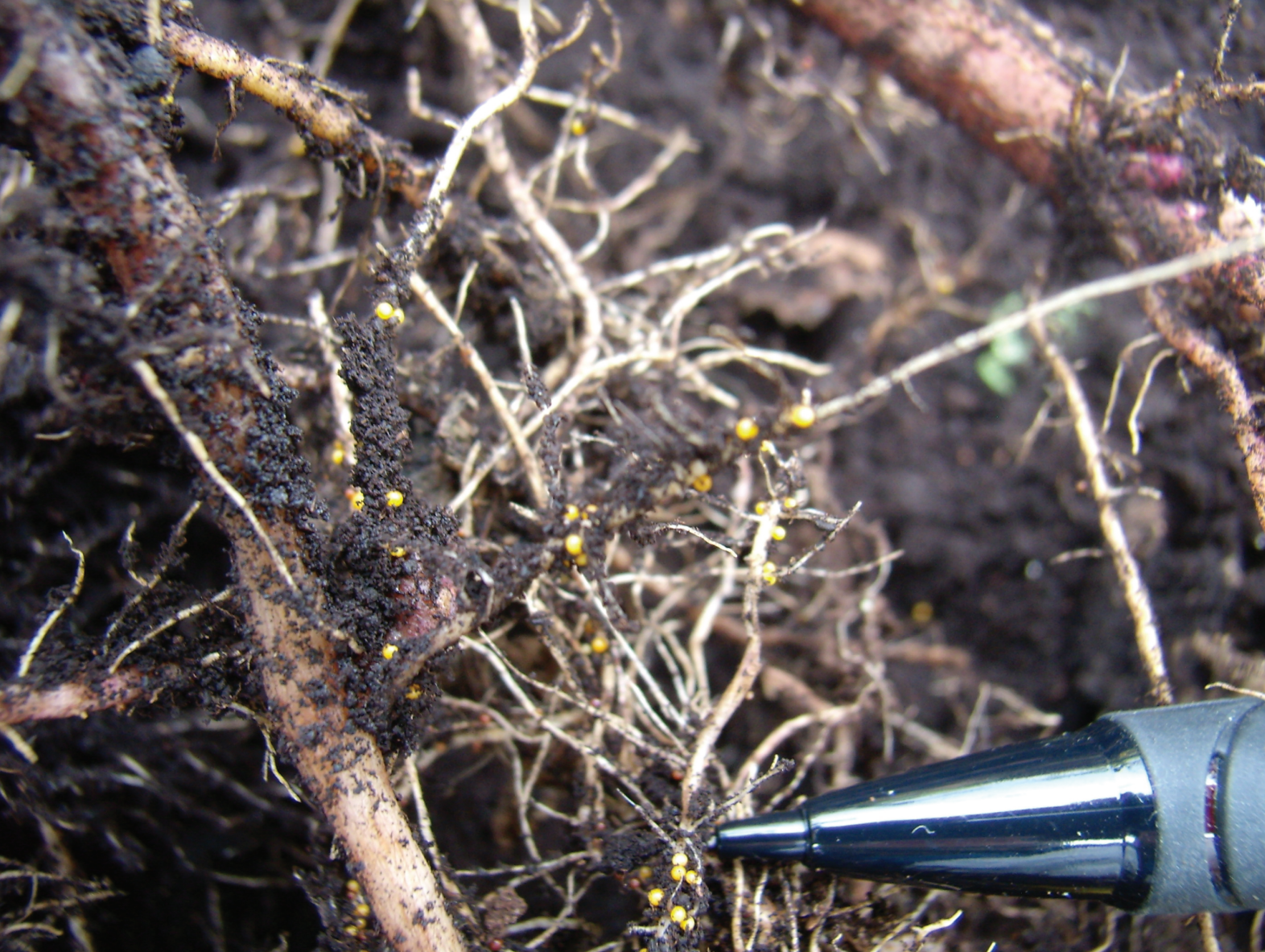
Following the detection of golden nematode (opens in new window) in Quebec and pale cyst nematode (opens in new window) in Idaho, the CFIA and United States Department of Agriculture Animal and Plant Health Inspection Service (USDA APHIS) develop guidelines to promote the safe trade of seed potatoes between the two countries.
Golden nematode and pale cyst nematode are two species of potato cyst nematode (PCN) considered to be quarantine pests internationally. While PCN does not pose a risk to human health, it is recognized internationally as a destructive plant pest of economic importance and, therefore, a quarantine pest for the United States and Canada.
The new guidelines describe the national survey of potato production for PCN and require increased soil sampling and testing from all fields where seed potatoes are produced for trade between the two countries. The guidelines also outline the measures that should be taken to manage a PCN detection and contain procedures for the subsequent removal of restrictions on land.


2007
2007

The enhanced feed ban regulatory framework takes effect
In response to the discovery of bovine spongiform encephalopathy (BSE) (opens in new window) in Alberta in 2003, the CFIA takes proactive measures to halt its return by banning specified risk material (SRM) (opens in new window).
The enhanced feed ban regulations are intended to ensure that SRM, which has been excluded from the human food supply since 2003, is also left out from animal feed, pet food, and fertilizers.
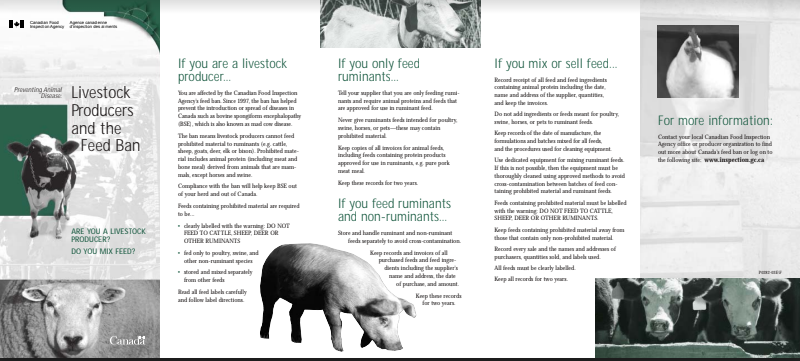

2008
2008

The CFIA responds to a Canada-wide listeriosis outbreak
The listeriosis outbreak linked to ready-to-eat (RTE) meats produced in Ontario is a significant public health event, resulting in 24 deaths across multiple provinces. Listeriosis is a serious infection caused by the presence of the bacterium Listeria monocytogenes.
The CFIA promptly issues health hazard alerts and oversees the recall of a large number of products to prevent more Canadians from consuming contaminated RTE meats. The collective efforts of local and regional health authorities, provincial and territorial governments, and federal officials help to detect and contain the outbreak.
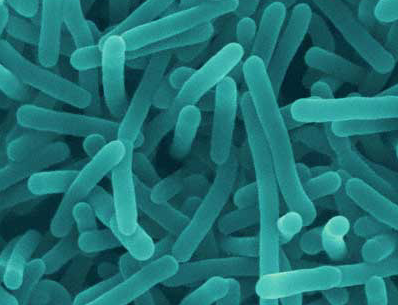

2009
2009

The Organic Products Regulations are developed
With the rising demand for organic products, the CFIA develops the Organic Products Regulations (opens in new window) and the Canada organic logo (opens in new window).
Producers of organic products must be prepared to demonstrate that they meet requirements to protect consumers against false and misleading organic claims and follow certain standards of production and growth.
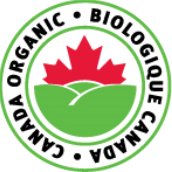
The Weatherill Report on the listeriosis outbreak is released
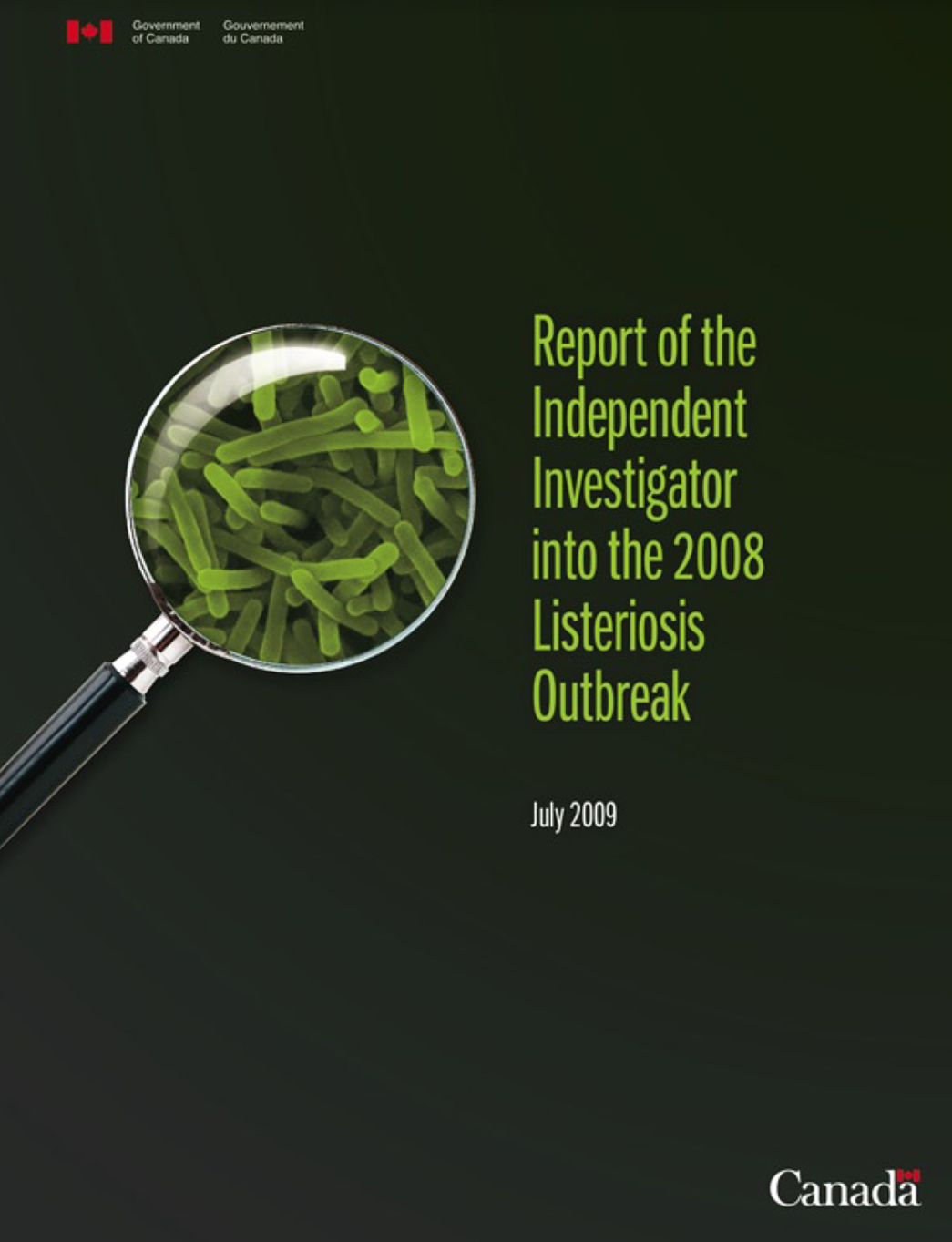
Following the listeriosis outbreak of 2008, Prime Minister Stephen Harper appoints Sheila Weatherill to conduct a comprehensive and independent investigation to make recommendations for strengthening Canada's food safety system.
After a six-month investigation, her final report contains 57 recommendations to the Minister of Agriculture and Agri-Food. It spurs changes to the Government of Canada's Listeria policy, increases sampling and risk-based controls by industry and the CFIA, and leads to the development of new monitoring plans, as well as structures and procedures to manage foodborne illness outbreak investigations.
The response and subsequent independent investigation of the event in 2009 highlight both the complexity of the supply chain, and the varied and overlapping roles that industry, federal, provincial and territorial food safety authorities play in responding to a foodborne illness outbreak.


2011
2011

New testing method for shellfish toxins is developed in Nova Scotia

The CFIA's Dartmouth Laboratory (opens in new window) collaborates with the National Research Council's Biotoxin Metrology Laboratory to develop a new and faster paralytic shellfish poisoning (PSP) testing method. It detects which toxins are present in bivalve shellfish—such as mussels, scallops, clams, and oysters—and at what level. PSP is a serious illness that may cause paralysis and can be fatal.
By implementing the internationally recognized testing method, Canada solidifies its position as a world leader in marine toxin monitoring and helps to verify that shellfish is safe to eat.


2012
2012

The Safe Food for Canadians Act becomes law
The Safe Food for Canadians Act (opens in new window) (SFCA) receives Royal Assent and becomes law. The SFCA combines the authorities and requirements of the Canada Agricultural Products Act, the Fish Inspection Act, the Meat Inspection Act, and the food provisions in the Consumer Packaging and Labelling Act.
The SFCA establishes a modern legislative framework for the safety of food commodities and fully comes into force in 2019, once the Safe Food for Canadians Regulations (SFCR) are finalized. This marks an important first step in the transformation of Canada's food safety system.
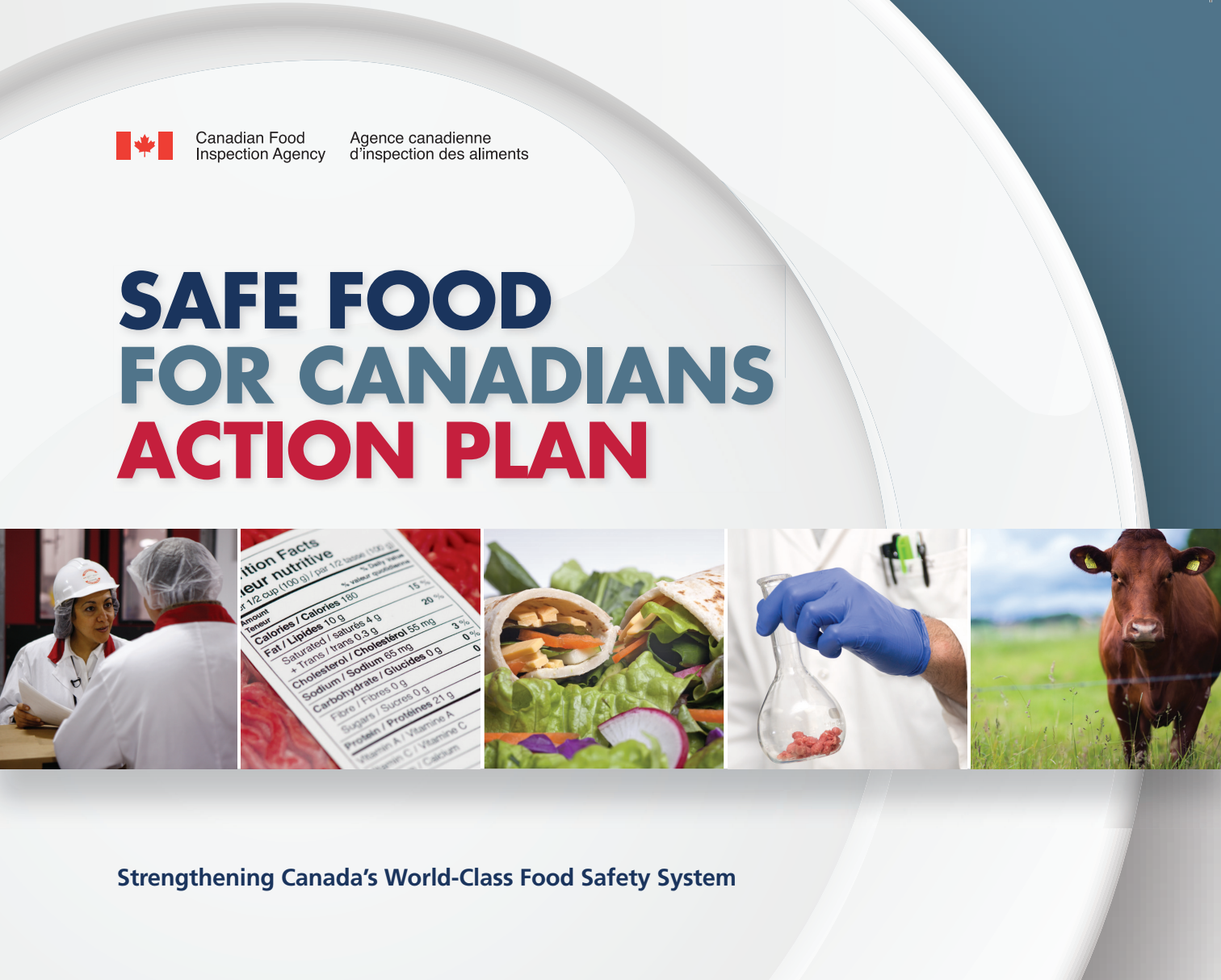
The CFIA responds to the XL Foods Inc. beef recall
During routine testing, the CFIA identifies a positive E. coli O157:H7 sample in raw beef trimmings produced at an Alberta meat facility operated by XL Foods Inc.
This leads to the recall of multiple beef products from the marketplace in one of the biggest recall events in Canada.
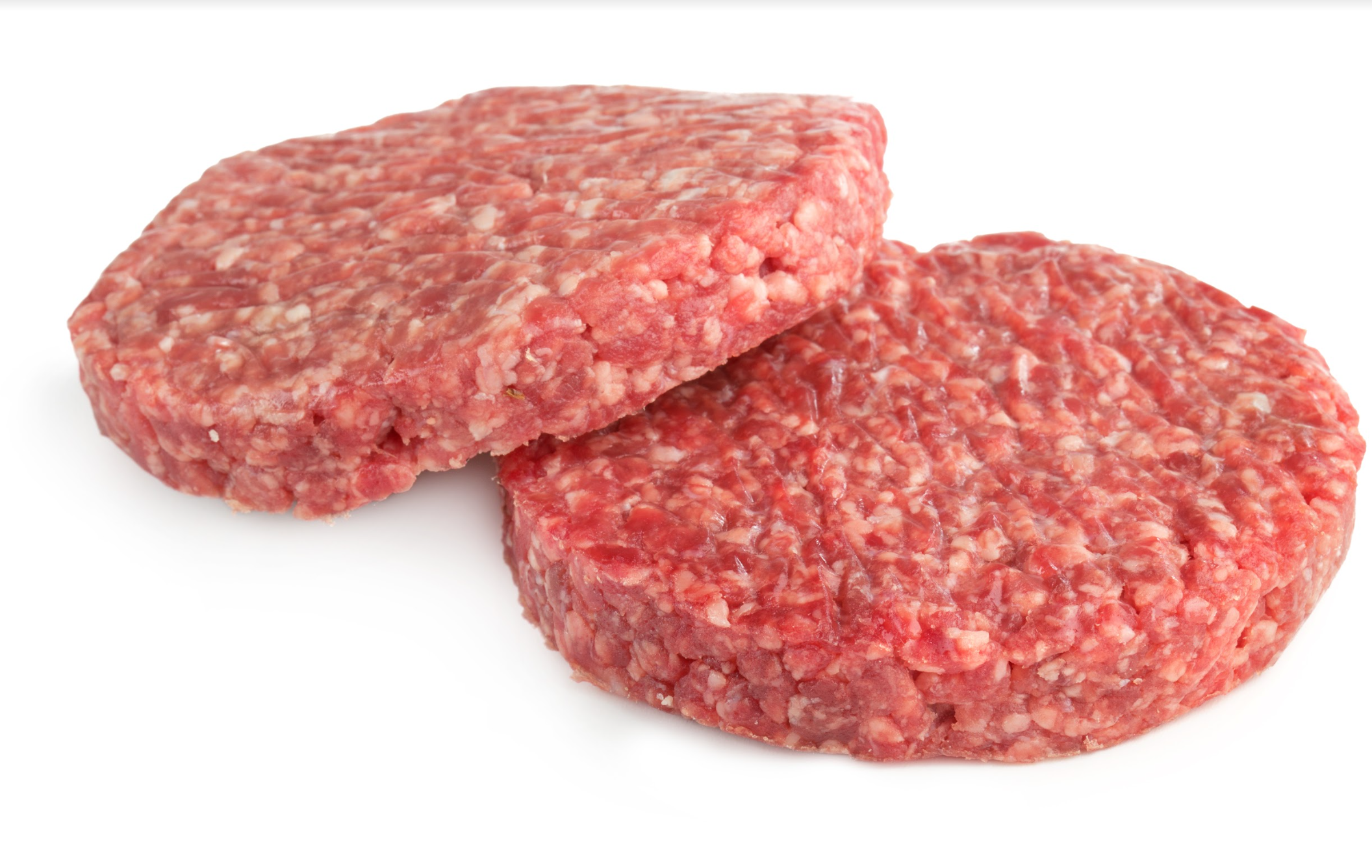

2013
2013

The CFIA joins the Health Portfolio
The CFIA joins the Government of Canada's Health Portfolio, alongside Health Canada and the Public Health Agency of Canada, strengthening its mission to protect the health and safety of Canadians.
The Agency continues to report to the Minister of Agriculture and Agri-Food to support the management of non-food safety-related agricultural activities, including economic and trade issues—such as opening borders to Canadian products—as well as important animal health and plant protection work.


The Independent Expert Advisory Panel report on XL Foods Inc. is published
The Independent Expert Advisory Panel comprised of recognized scientific, public health and industry experts publishes its report (opens in new window) following a review of the events and circumstances related to the XL Foods Inc. E.coli 0157:H7 investigation and recall in 2012.
In general, the report finds that the response and recall went well and the rapid activation of the CFIA's national emergency response team was a key component of dealing with the event effectively.
The report also outlines a number of recommendations related to the strengthening of prevention strategies and regulatory oversight, surveillance and trend analysis, incident management and recall response, and communications.


2015
2015

The Food Virology National Reference Centre is established in Quebec
The Food Virology National Reference Centre is established at the CFIA's Saint-Hyacinthe Laboratory (opens in new window) in Quebec to strengthen Canada's food safety defences.
Fifteen years earlier, the laboratory had developed new methods to detect and analyze viral contaminants in food, such as noroviruses and hepatitis A.
Regular sampling and testing by CFIA scientists at this modern laboratory continue keep Canadian grocery store shelves free from contaminated food.
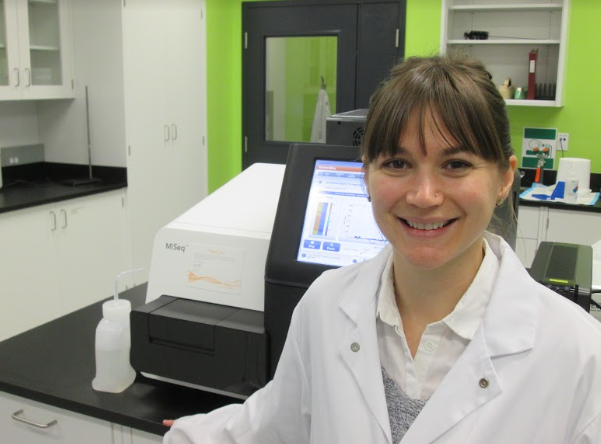

2016
2016

Canada signs international animal health arrangements

During the World Organisation for Animal Health's (WOAH, founded as OIE) 84th General Session, Canada signs international arrangements relating to the International Animal Health Emergency Reserve, sharing of vaccines for foot-and-mouth disease (opens in new window), and supporting the recognition of zoning for foreign animal disease outbreaks.
These arrangements promote collaboration between countries as a means of maintaining safe and fair trade of animals and animal products and mitigating the risk of global disease outbreaks.

The Biosafety Level 4 Zoonotic Laboratory Network is launched
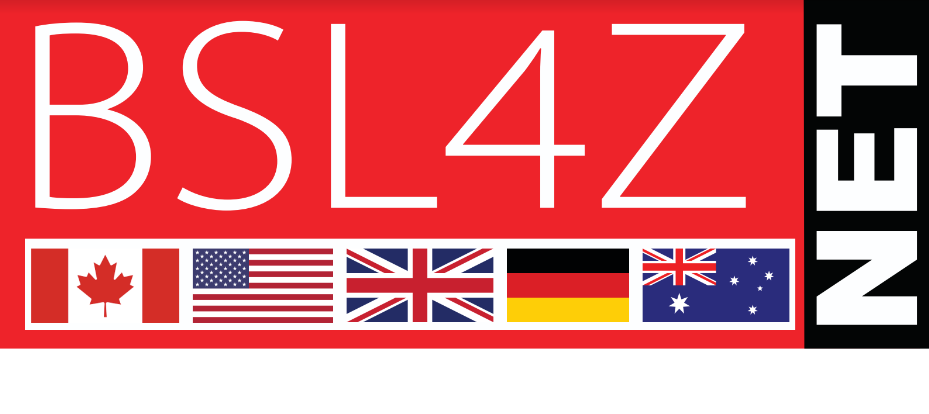
The Biosafety Level 4 Zoonotic Laboratory Network (BSL4ZNet) (opens in new window) is launched by the CFIA as a global alliance of animal and public health organizations from five countries: Canada, Australia, Germany, the United Kingdom and the United States.
The network was established to respond to current and emerging high-consequence bio-threats through strong international partnerships. This coordinated global alliance of high-containment laboratories optimizes collaboration and knowledge exchange to protect human health, animal health and agriculture resources.
The network's overall mission is to establish and sustain trusted partnerships, strengthen international coordination, improve knowledge sharing and leverage the capacity for diagnostics, research and training in BSL4 laboratories.


2017
2017

The Government of Canada invests in redeveloping the Sidney Laboratory
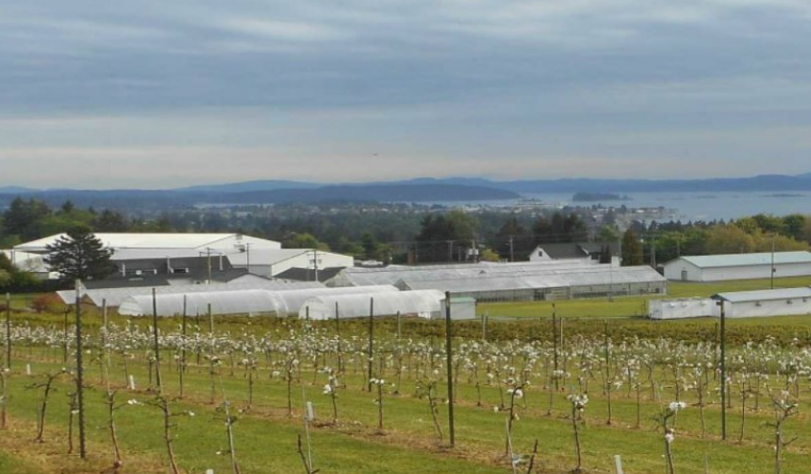
Also known as the Centre for Plant Health, the CFIA's Sidney Laboratory (opens in new window) in British Columbia is responsible for virus testing of all fruit-bearing trees, grapevines and berries to ensure the safe introduction of foreign plant material into Canada.
The Government of Canada announces an investment of $80 million to redevelop the laboratory into a world-class plant health diagnostic and research facility that will provide CFIA scientists and partners with state-of-the-art amenities to advance plant science.
The Government of Canada announces an investment of $80 million to redevelop the laboratory into a world-class plant health diagnostic and research facility that will provide CFIA scientists and partners with state-of-the-art amenities to advance plant science.

Canada's Plant and Animal Health Strategy is adopted by federal and provincial Ministers of Agriculture
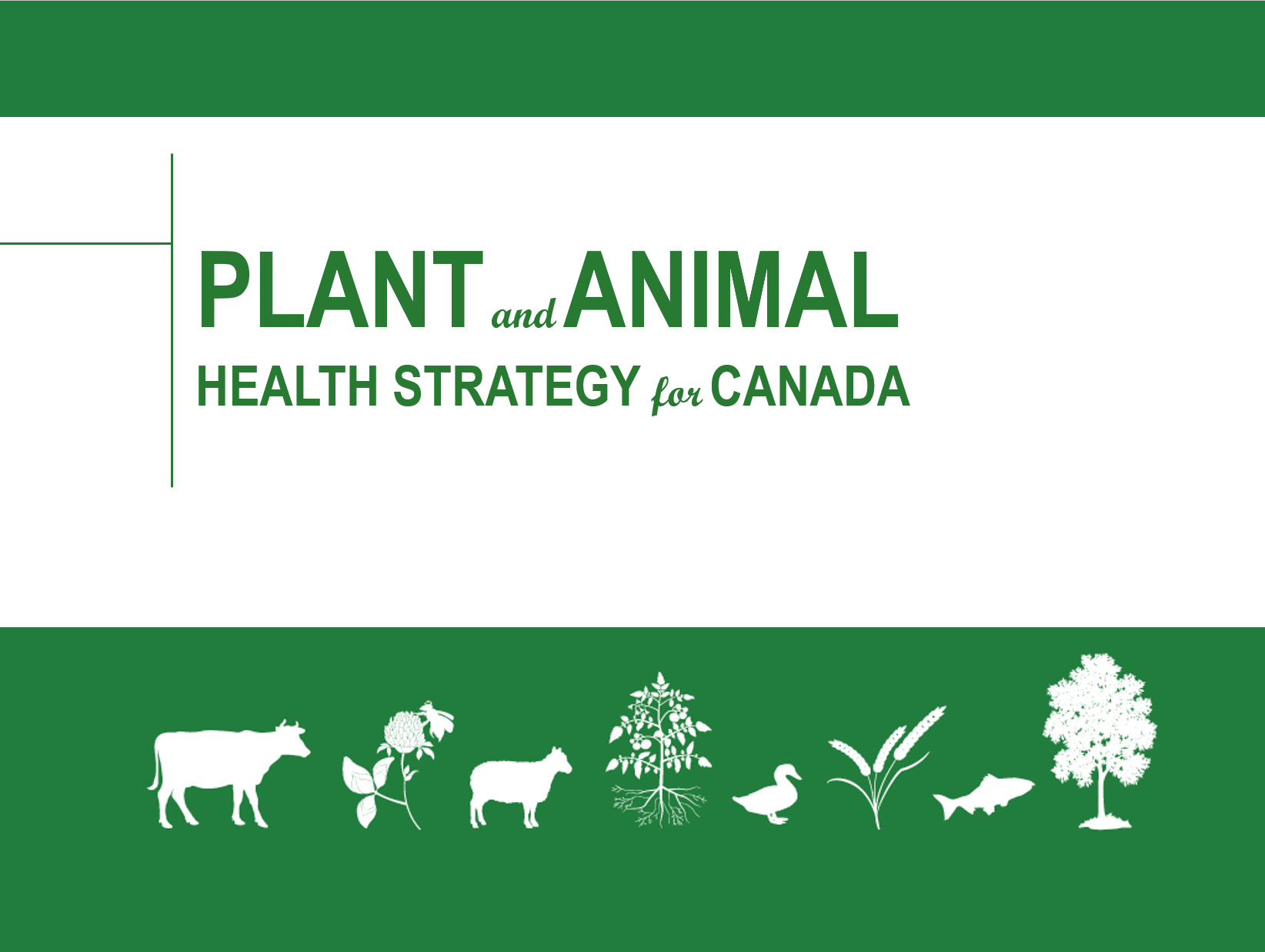
The Plant and Animal Health Strategy for Canada developed by the CFIA provides a national vision to address and prevent evolving risks to plant and animal health in Canada.
This partnership-based strategy reflects the commitment between governments, industry, academia and other partners to protect plant and animal health. It charts a path forward for collectively addressing evolving risks to plant and animal health focusing efforts on prevention and increased partner collaboration and coordination.
Two implementation coordinating councils—one focused on plant health and the other on animal health—are established to provide ongoing leadership and oversight.


2018
2018

The bovine tuberculosis investigation is completed in Western Canada
Following its initiation in 2016, the bovine tuberculosis (bovine TB) (opens in new window) investigation in western Canada is closed.
The CFIA tests 34,000 animals on 145 farms and final lab results all come back negative. The Mycobacterial Diseases Centre of Expertise at the CFIA's Ottawa Animal Health Laboratory (Fallowfield) (opens in new window) is Canada's national reference laboratory for tuberculosis in animals, including bovine TB.
Following the investigation, the CFIA removes all quarantines from farms with cattle in Alberta, Saskatchewan and Manitoba. Federal and provincial officials work closely with the sector to take appropriate measures to contain the disease, and to reduce the financial impact on farm operations.
The cooperation of individual producers and their industry associations play a key role in the progress of the investigation. This allows Canada to retain its bovine TB free status with no disruption in access to international markets.

New diagnostic testing method for genetically modified wheat is developed

In response to the detection of wheat plants on an access road in southern Alberta that survived a spraying treatment for weeds and were later confirmed as genetically modified (GM), the CFIA's Ottawa Plant Laboratory (Fallowfield) (opens in new window) develops a PCR-based diagnostic testing method.
Extensive DNA testing allows for the creation of this efficient single-stage procedure which can detect even the smallest quantities of GM wheat contamination. This sensitive testing method and the Agency's subsequent multi-year field monitoring has helped to ensure GM wheat is absent from Canada's food supply.


2019
2019

Changes to requirements for the humane transport of animals are announced
The Government of Canada announces changes to humane transport requirements under the Health of Animals Regulations (opens in new window) (Part XII) that help ensure animals are properly fed, hydrated and rested during travel.
The new requirements state that animals must be cared for before, during and once they reach their destination. Compliance with the new regulations, which came into effect the following year, continues to be enforced by the CFIA to promote the wellbeing of animals and public confidence.
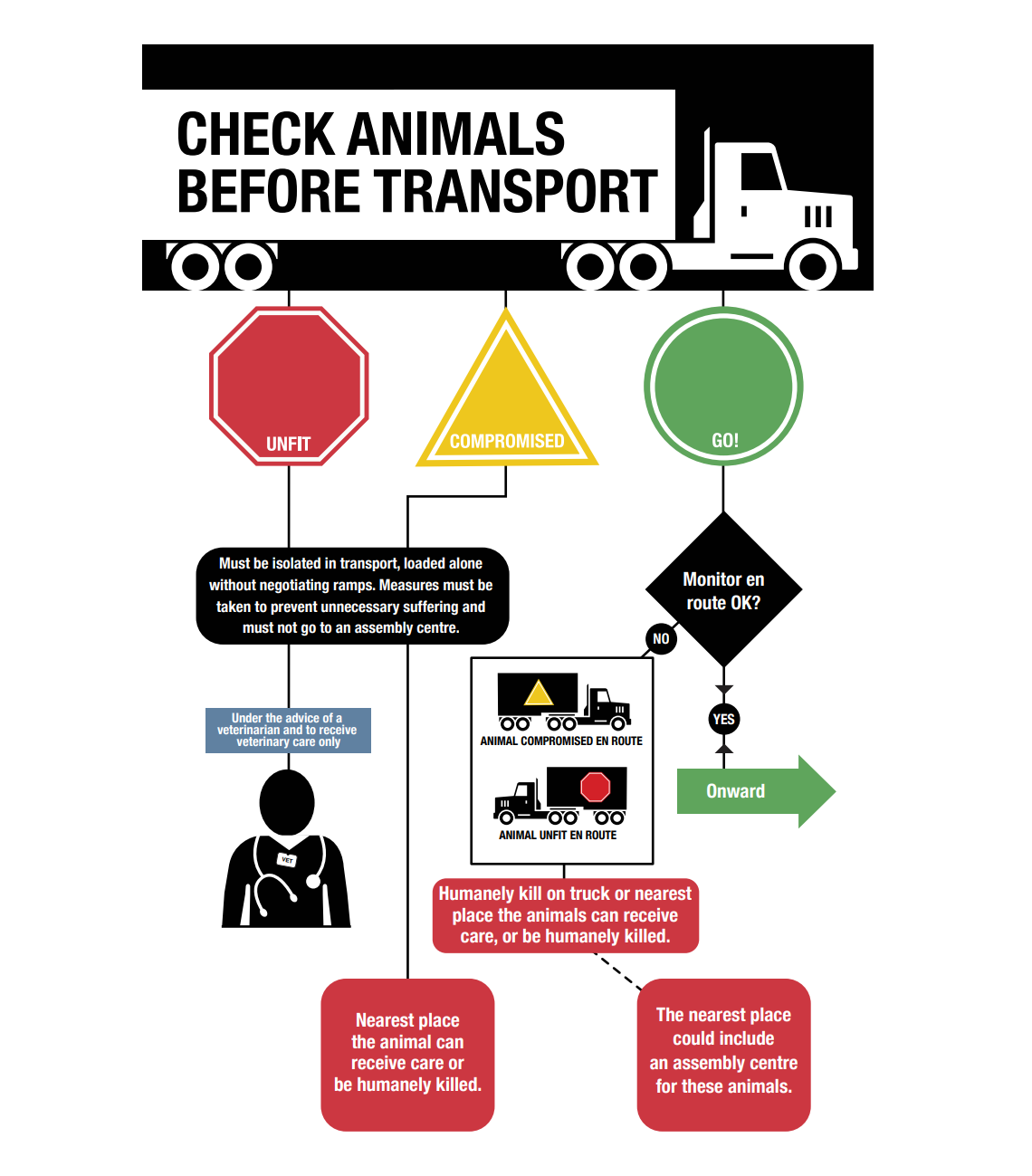
The Safe Food for Canadians Regulations come into force

The Safe Food for Canadians Regulations (SFCR) are published in the Canada Gazette (opens in new window), Part II, marking a new era of food safety in this country.
The SFCR make Canada's food system even safer by focusing on prevention and allowing for faster removal of unsafe food from the marketplace.
For industry, the SFCR reduce the administrative burden on businesses by replacing 14 sets of regulations with one. In addition, the SFCR are consistent with international standards and helps to maintain and grow market access for Canada's agri-food and agricultural sector by aligning Canadian food safety regulations with those of key trading partners, including the United States, European Union, Australia and New Zealand.
The SFCR also introduce new requirements for imported food. In addition to having a licence to import, importers are responsible for ensuring the food they bring into the country is sourced from foreign suppliers who are manufacturing, preparing, storing, packaging and labelling the food under conditions that provide the same level of protection as food prepared in Canada.
At the same time, the Agency launches My CFIA (opens in new window)—a secure online portal to access services such as licences, permits and registrations—to support food businesses' transition to the SFCR. The self-service portal has been critical to accelerating the move to digital tools and services for CFIA stakeholders.


2020
2020

The modernized Fertilizers Regulations come into force
Changes to the Fertilizers Regulations (opens in new window) are published in the Canada Gazette, Part II. The new requirements aim to ensure the safety of emerging, innovative fertilizers and supplements in the context of modern industry practices.
The changes take a risk-based approach to reduce red tape and provide more flexibility to industry while focusing on product safety and environmental protection.
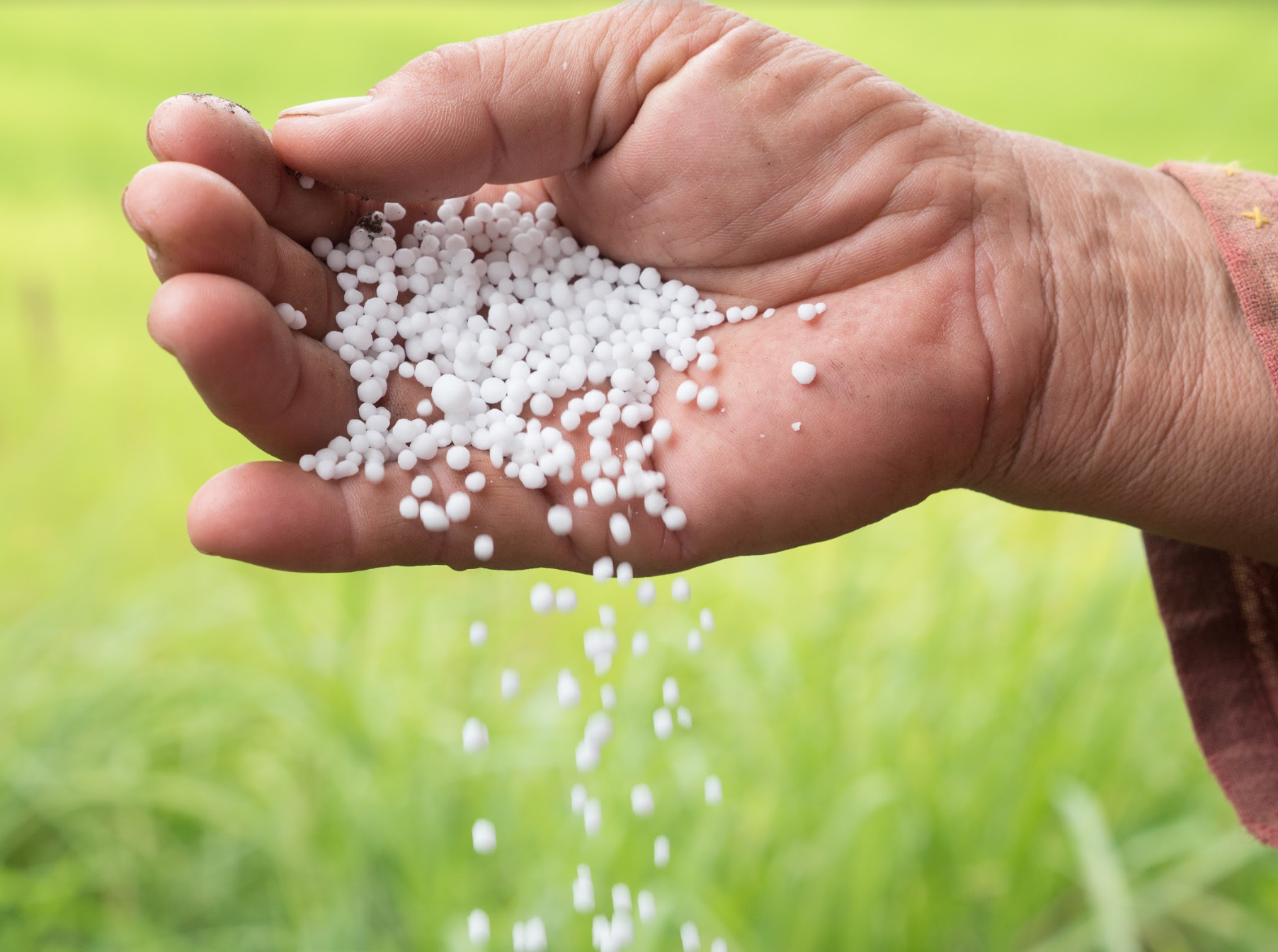
The Asian longhorned beetle is eradicated in two Ontario cities
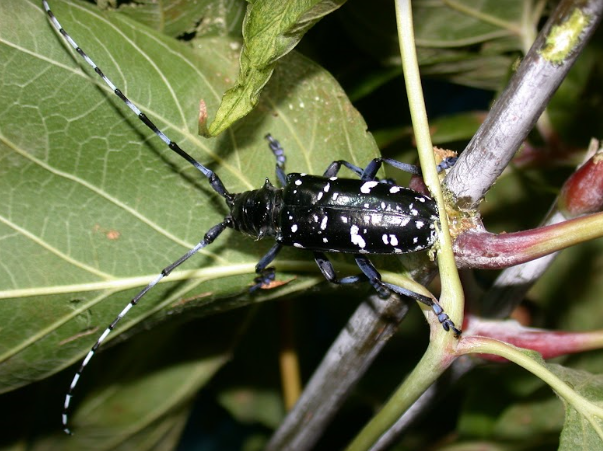
Thanks to a successful eradication program launched by the CFIA in cooperation with federal, provincial and municipal government partners, the Asian longhorned beetle (ALHB) (opens in new window) is eradicated in Mississauga and Toronto, Ontario. The two cities had the only known population of this tree-destroying pest in Canada.
By restricting, and promoting awareness about, the movement of trees and firewood in those cities, the CFIA contributes to the protection of maple, poplar, birch, willow and other hardwood trees.

The CFIA responds to the COVID-19 global pandemic
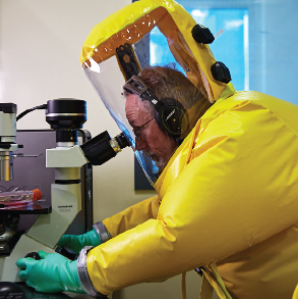
As the COVID-19 pandemic spreads across the globe, the CFIA takes decisive action and adapts to ensure the ongoing safety of its employees, as well as Canada's food, plants and animals.
To ease the burden on industry and support the supply chain for Canadians, the Agency adopts flexible approaches. This includes suspending some compliance activities for non-food safety labelling requirements and delaying compliance activities for parts of the Safe Food for Canadians Regulations (SFCR). The Agency delays the timelines for all regulatory initiatives in its forward regulatory plan.
The CFIA and the United States Department of Agriculture (USDA) agree to provide a six-month extension for approved facilities to continue to export certain animal products and pet foods between the two countries. This helps to maintain bilateral trade during the pandemic.
To support supply chains and the work of thousands of businesses, the CFIA takes steps to maintain vital inspection services and export certification. The Agency hires new inspectors and veterinarians, welcomes back some who recently retired, reassigns staff to priority areas and funds more overtime. It also introduces remote inspections.
The CFIA supports an integrated "One Health" approach and contributes resources, information and research to advance the management and understanding of COVID-19 in people and animals. CFIA scientists at the National Centre for Foreign Animal Disease (NCFAD) (opens in new window) in Winnipeg, Manitoba, conduct studies to understand the susceptibility of different animal species to the virus. They also help with testing human samples for COVID-19. The Biosafety Level 4 Zoonotic Laboratory Network (BSL4ZNet) (opens in new window) organizes the first of three annual international conferences on the pandemic.
In conjunction with VIDO-InterVac, a vaccine development lab based in Saskatoon, Saskatchewan, the CFIA helps to develop animal models for testing vaccine safety prior to their use in human clinical trials.
The Agency also serves on the COVID-19 advisory group organized by the World Organisation for Animal Health (WOAH, founded as OIE).

The Canadian Food Safety Information Network is launched

The Government of Canada launches the Canadian Food Safety Information Network (CFSIN) (opens in new window), a food safety platform that helps food safety and public health authorities across the country work together to better anticipate, detect and respond to food safety issues and foodborne illness incidents.
The vision and objectives of the CFSIN were formed following the 2008 listeriosis outbreak that tragically claimed the lives of 24 Canadians.
The CFSIN is led by the CFIA and delivered in collaboration with the Public Health Agency of Canada, Health Canada, and provincial and territorial partners. This network creates a shared food safety data repository, analytical tools to identify emerging issues, and provides a platform for partners to share information and resources securely and quickly during food safety incidents and emergencies.


2021
2021

Canada is recognized as having negligible risk for bovine spongiform encephalopathy
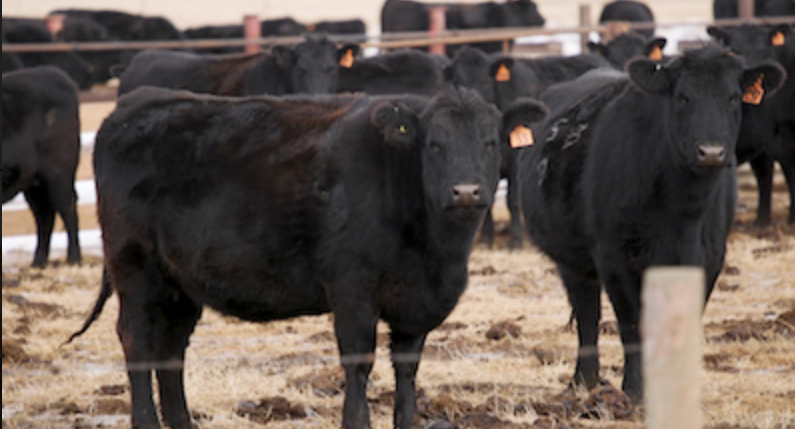
The World Organisation for Animal Health (WOAH, founded and formerly known as OIE) recognizes Canada as having negligible risk (opens in new window) for bovine spongiform encephalopathy (BSE) (opens in new window), a fatal disease of the nervous system in cattle.
By obtaining this recognition, Canada achieves the most preferred status under the WOAH's three-tiered categorization system for evaluating BSE risk, which enhances its negotiation position in efforts to gain access to additional export markets for Canadian cattle, beef and beef products.
Through the vigorous implementation of surveillance, sampling, testing and feed ban restrictions, the CFIA has played a key role in obtaining this status for the cattle and beef industry.


2022
2022

The CFIA responds to Canada-wide outbreaks of highly pathogenic avian influenza
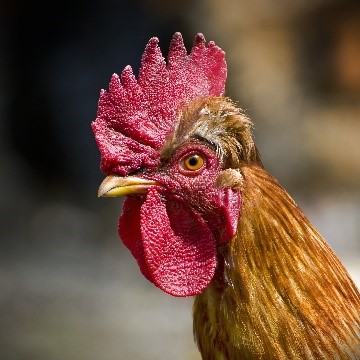
In early 2022, the CFIA establishes its largest ever national emergency response to detections of highly pathogenic avian influenza (opens in new window) (HPAI) in poultry across the country.
While HPAI is not a food safety concern, it can cause severe illness and high mortality in poultry, pet birds and wild birds. The CFIA's response aims to eliminate and prevent the spread of HPAI and minimize impacts to Canadians, the poultry industry and international trade.
The Agency's National Emergency Operations Centre (NEOC) was activated on February 1. As of June 1, over 1,100 employees across the country have supported the response efforts (opens in new window).

The National Centre for Foreign Animal Disease designated as reference laboratory for African swine fever
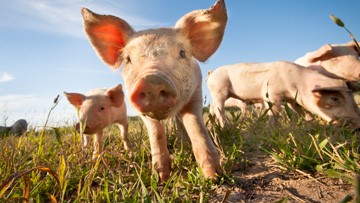
During the 89th General Session of the World Organisation for Animal Health (WOAH, founded as OIE), the CFIA's National Centre for Foreign Animal Disease (NCFAD) was officially designated as a Reference Laboratory for African swine fever (opens in new window) (ASF).
The Plum Island Animal Disease Centre in the United States received this designation at the same time, making these two laboratories the only WOAH-designated ASF reference labs in North America.
ASF is a serious viral disease that affects members of the pig family. There is no evidence that the ASF virus can infect humans. It does not impact food safety, but the disease poses a significant risk to the health of the Canadian swine herd, the pork industry and the Canadian economy.

Learn more
- Video: We are the CFIA
- Food safety for consumers
- Food safety for industry
- Plant health
- Animal health
- Science and research at CFIA
Get more Inspect and Protect
- Want to learn more about what we do? Explore articles, videos and podcasts.
- Interested in reporting on a story? Contact CFIA Media Relations to arrange an interview with one of our experts.
- Have an idea or feedback to share? Get in touch!